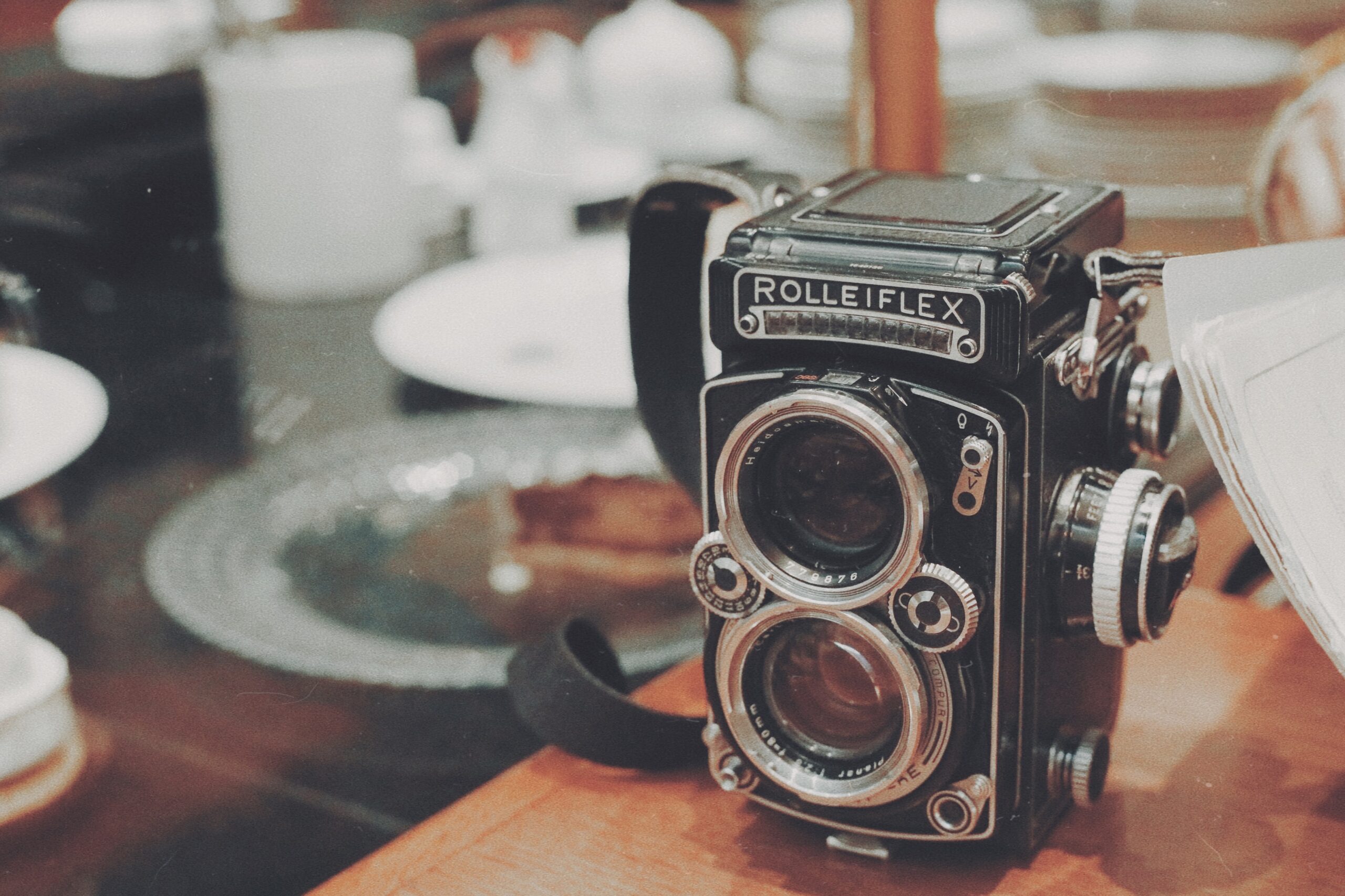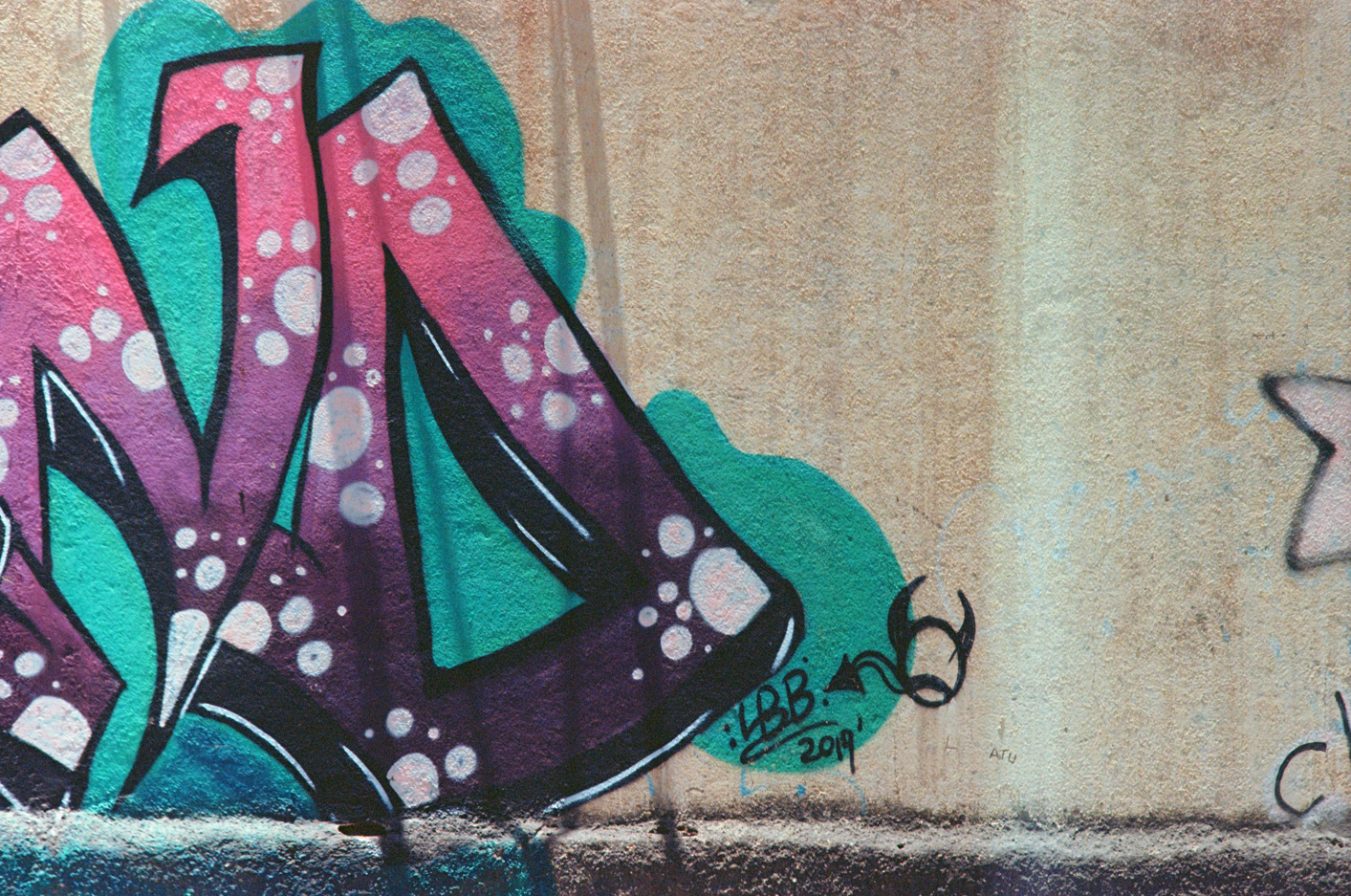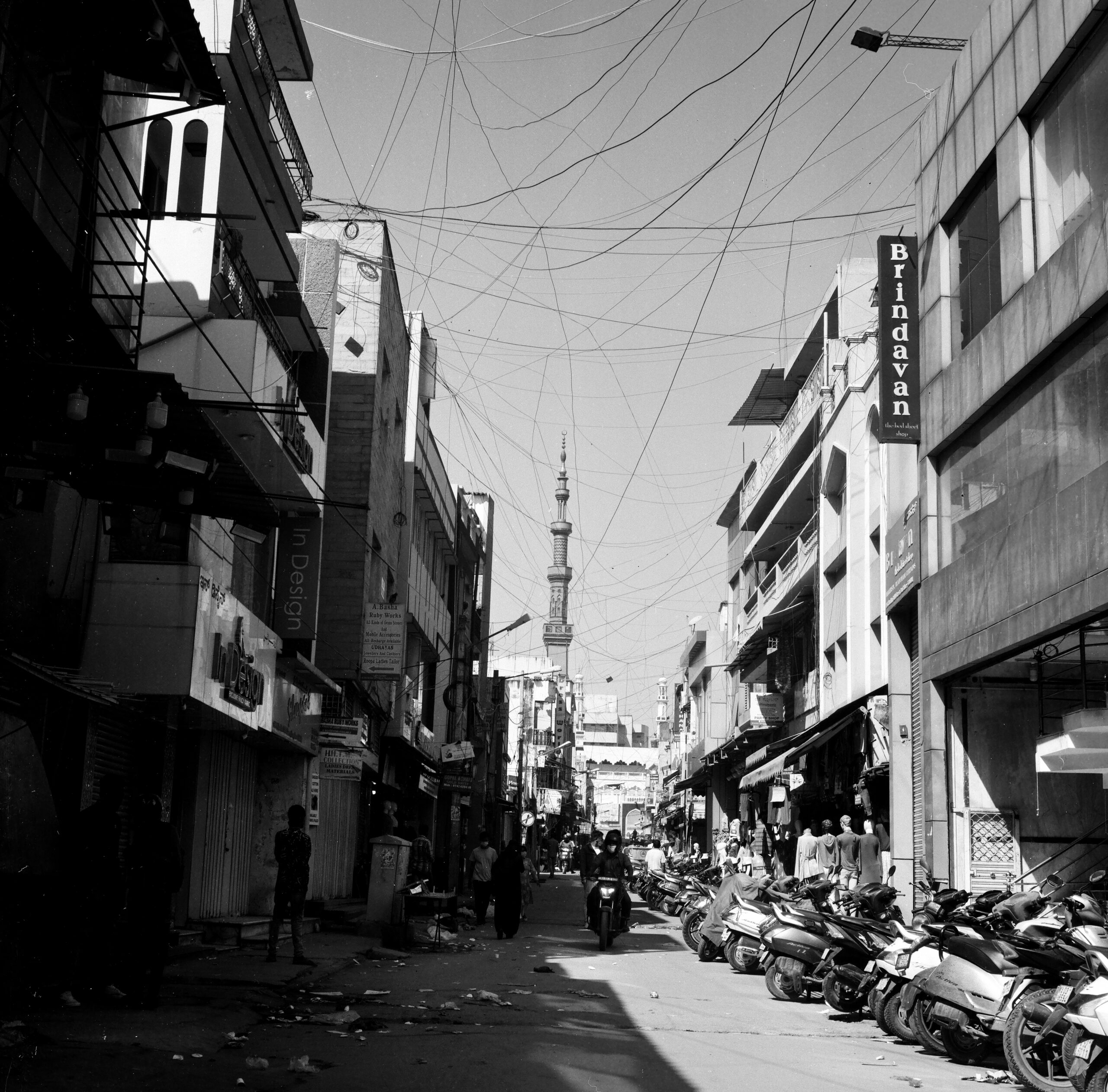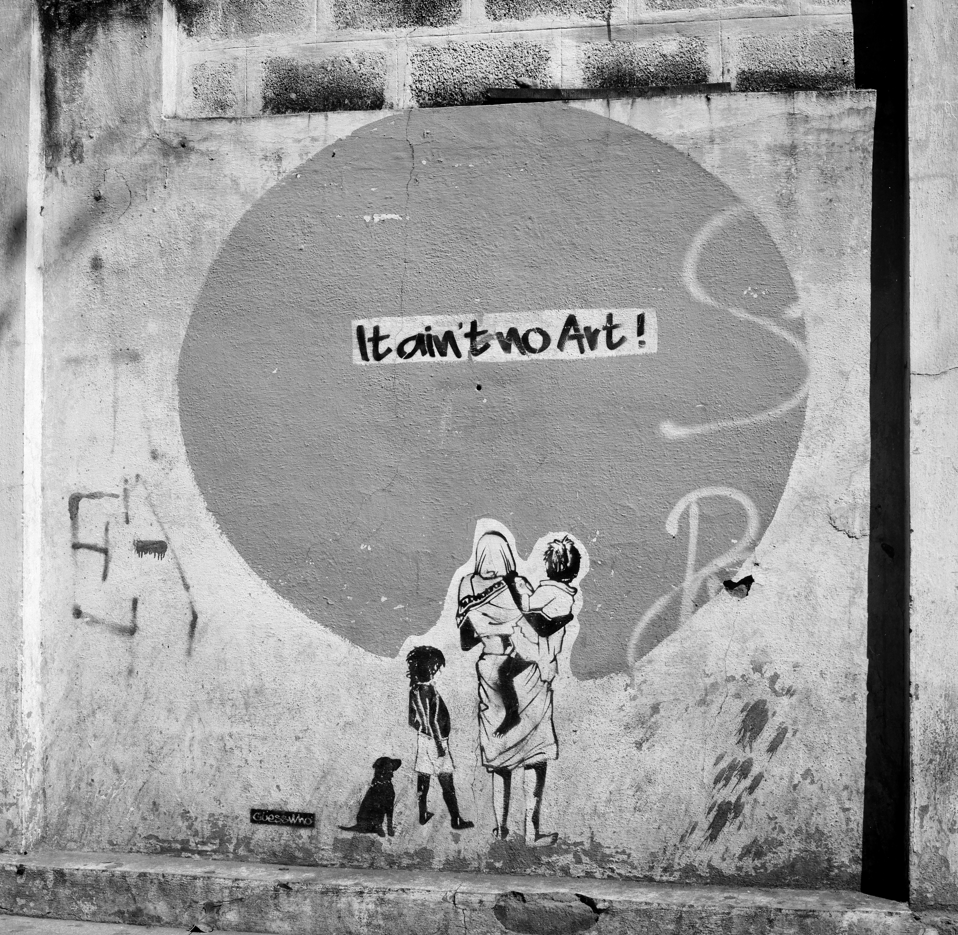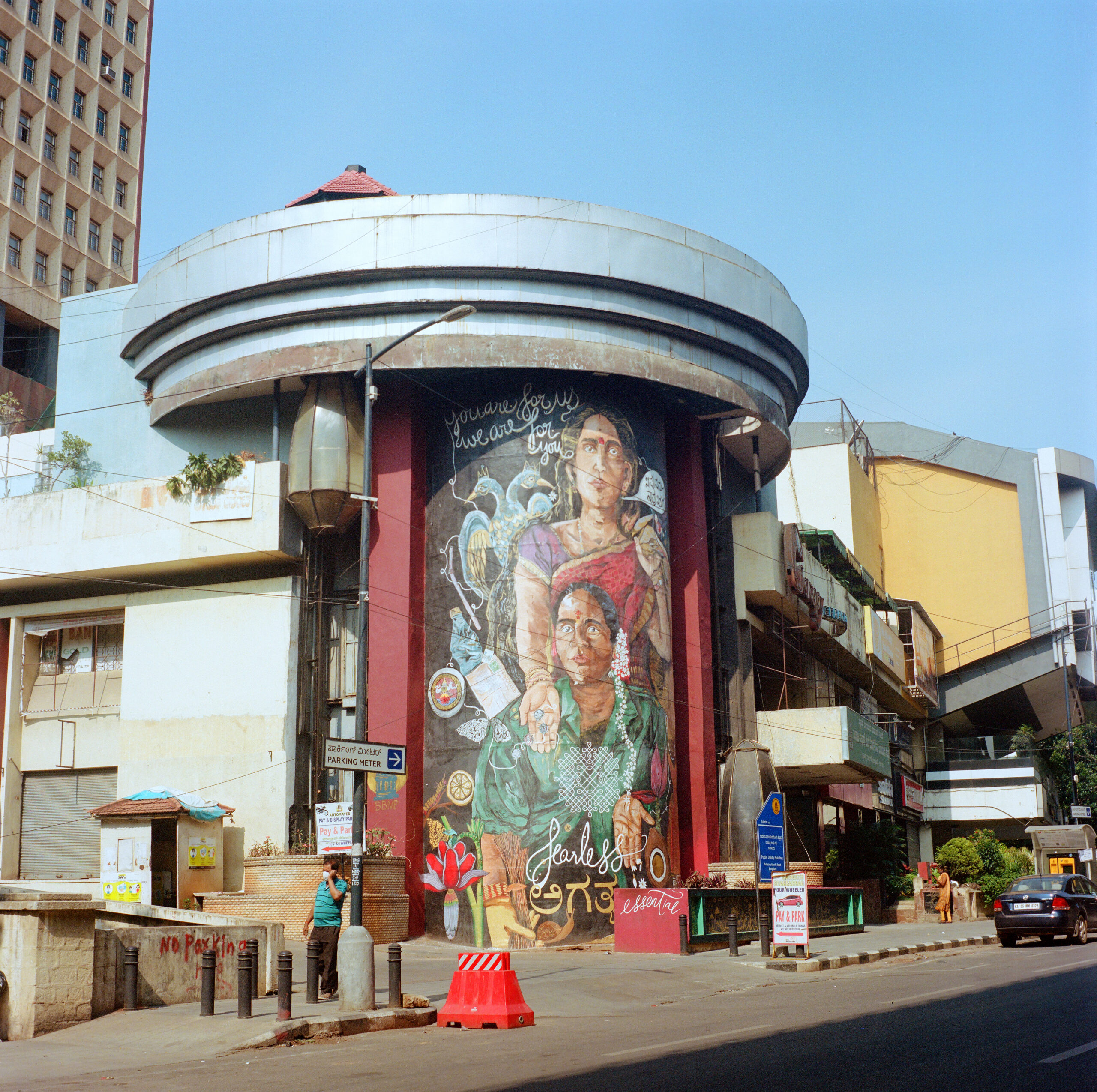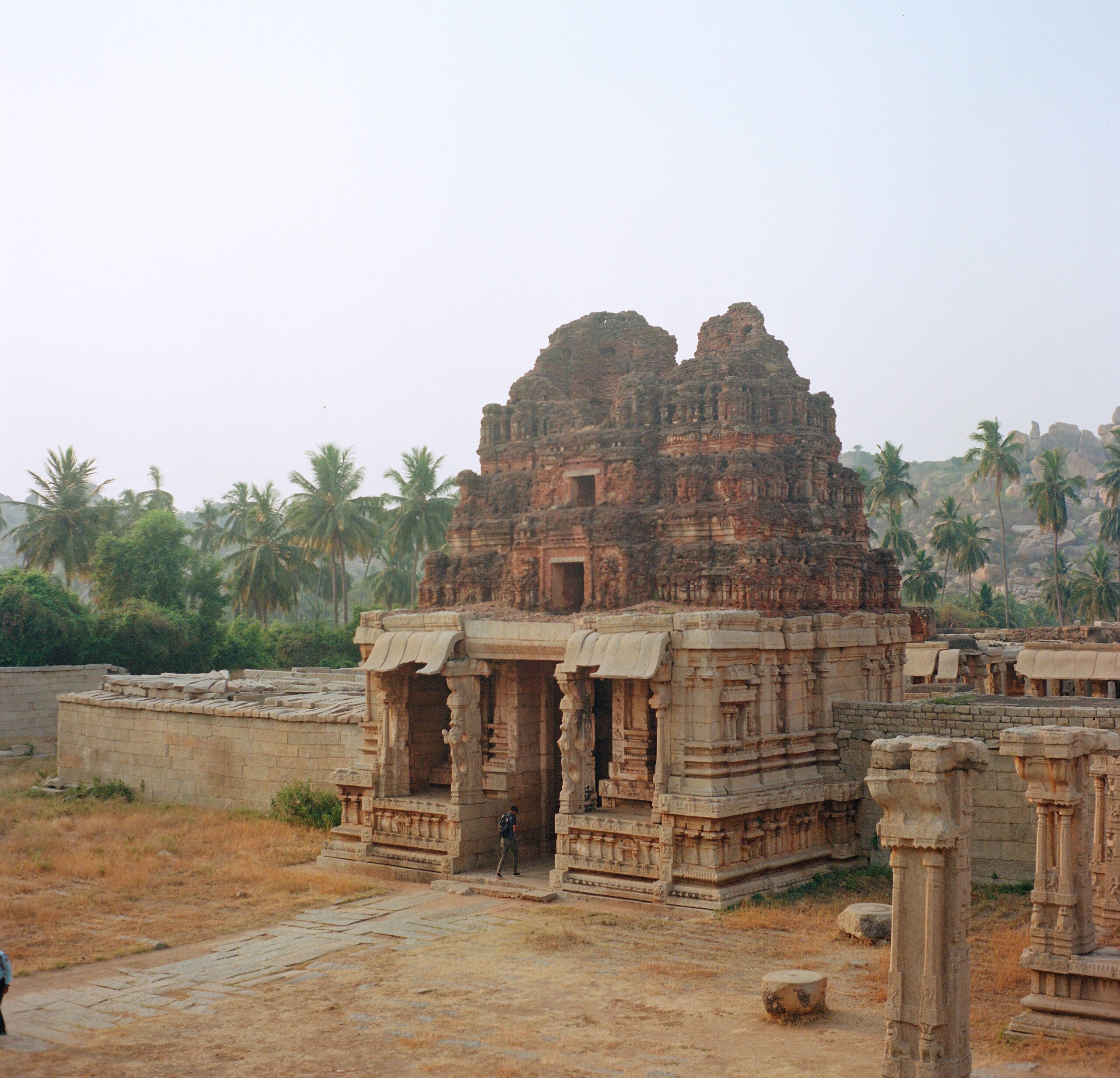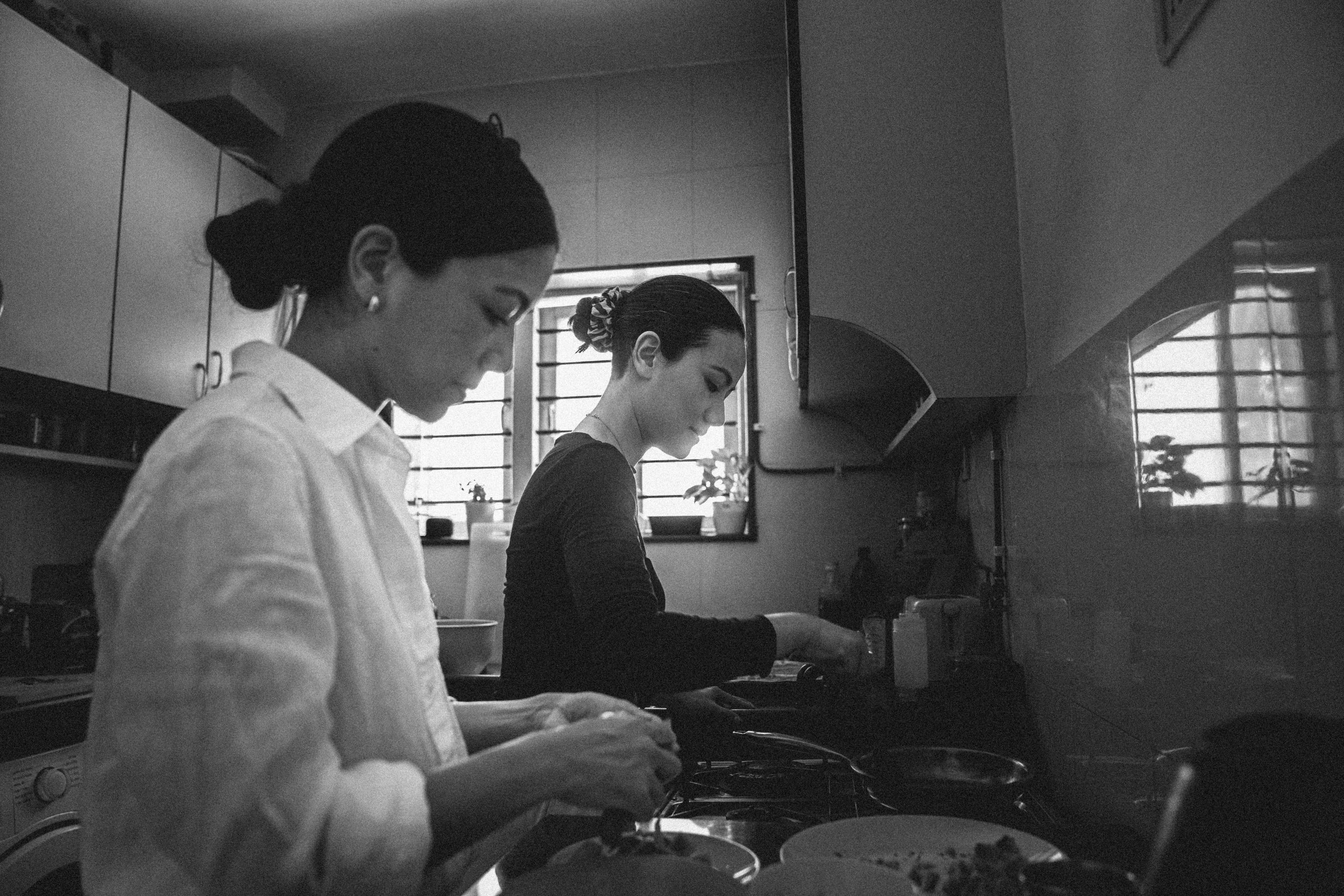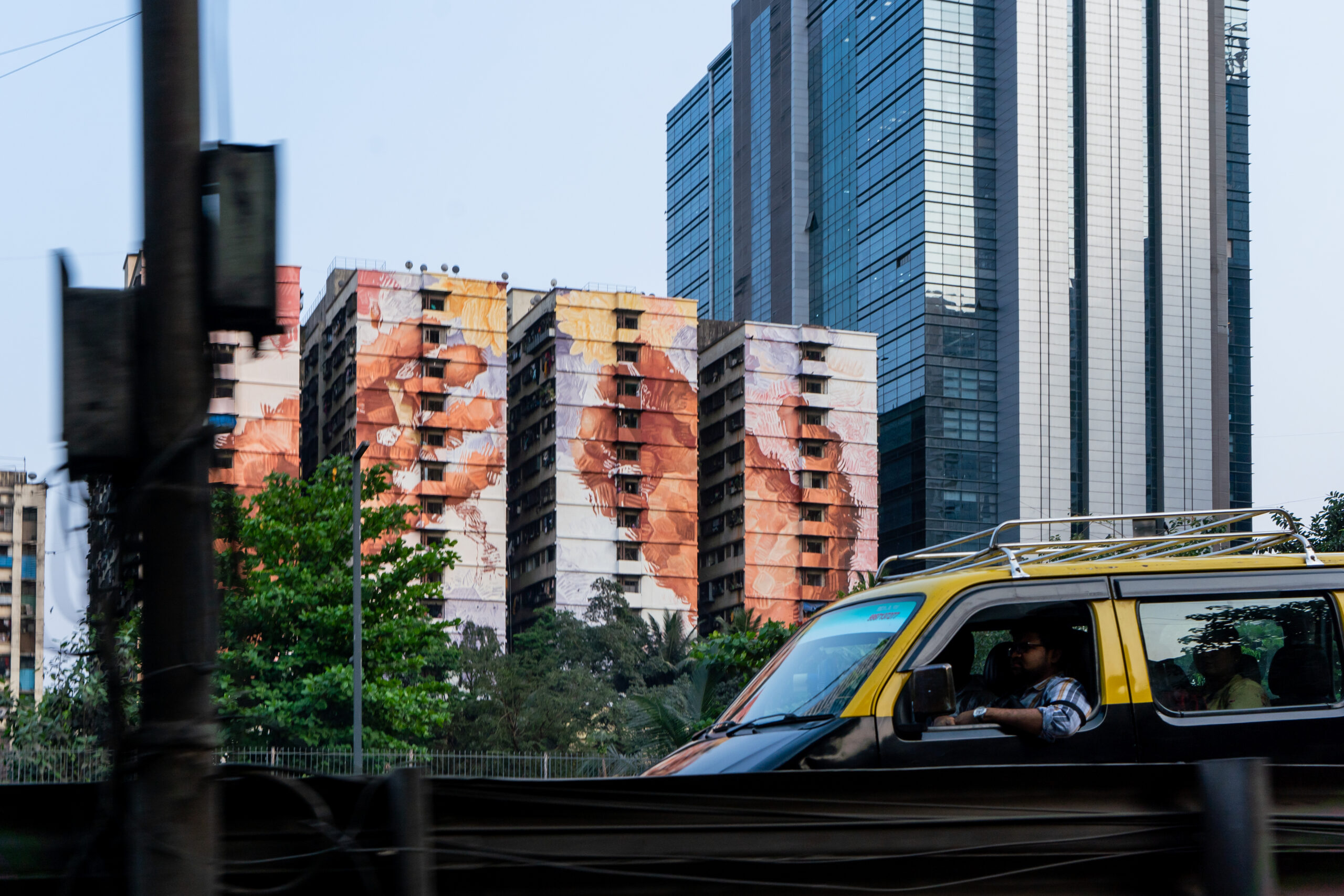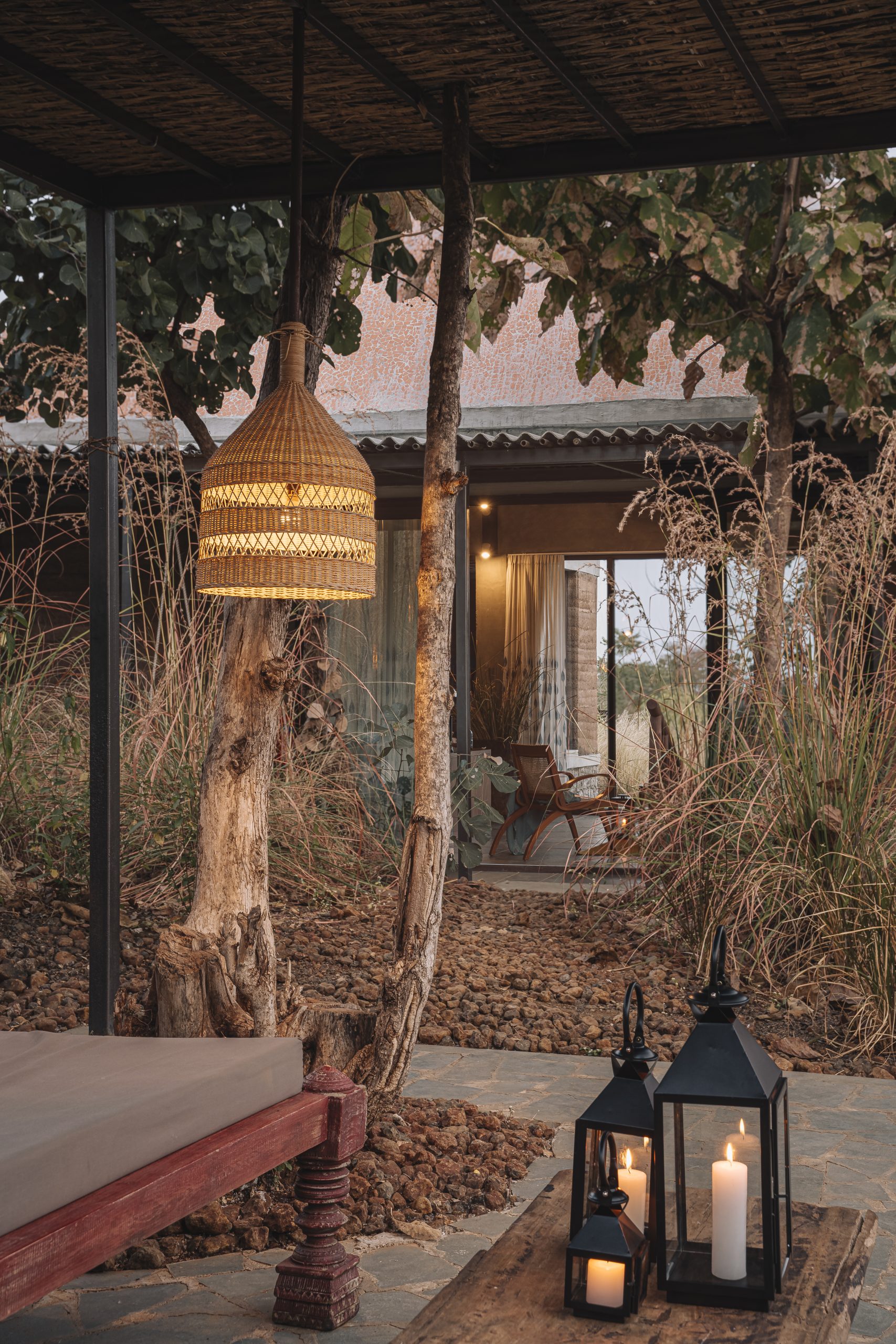Life never ceases to both amaze and surprise us, and as we enter the new decade, a strange thing happened in the world of photography – the return of film photography. Long considered dead, it started making a comeback. This ‘renaissance’, if you will, was fuelled not by some old fogey reminiscing about the good old days, but by social media – especially Instagram.
Digital photography comes with a lot of advantages, especially when it comes to ease and speed of use, however the biggest game-changer has been the advent of the camera phone. All of us now have constant access to a high quality camera and are bombarded with images. This has resulted in a largely unnoticed tradeoff – the camera has almost replaced our eyeballs. We don’t study objects anymore, we study their photographs, even when they are right in front of us.
Hippocrates is on record saying that “everything in excess is opposed to nature”, and this seems to be the root cause of the resurgence of interest in film photography, which is a slower and more deliberate method.
‘Slow photography’ is not the rejection of technology as so often assumed; it is instead a questioning of how much technology we currently use, and if an alternate ‘slower’ method could be more beneficial. Film photography falls very neatly into this bracket. Slowing down is easier said than done, as it involves the learning of new skills and in many cases a painful withdrawal process. However the biggest challenge is that it requires a rather large intellectual shift.
Photographs shot on a film camera.
Film photography can be almost a meditative experience for some people. The pure joy of a mechanical camera includes interacting with all one’s senses and experiencing real-world pleasures. The uncertainties like ‘happy accidents’ associated with badly loaded film, light leaks, collapsed shutters or any of the other ‘defects’ that cannot be corrected in post-processing adds to the excitement of the genre. Andy Warhol was once quoted as saying, “The idea of waiting for something makes it more exciting”.
Film photography comes with a lot of technical limits compared to digital photography. And limits can be a good thing; they challenge your intellect and push your creativity. Film comes with a fixed ISO therefore for the duration of the roll that you have loaded in your camera, the only variables that you can control are the aperture and shutter speed. Most vintage cameras have no light metres and there can be no better way to understand light than to shoot sans any aids. Film photography post definitely is an excellent way to push your boundaries and to make you a better photographer. It can be almost a life lesson.
Photographs shot on a film camera.
Another very alluring aspect of film that has encouraged a lot of people to switch is the aesthetics of film photography – often called the pure or authentic aesthete. And for this rediscovery of the film aesthetic we have to, once again, thank Instagram. It is not easy to describe the film aesthetic in words but rather easy to demonstrate – just apply the many filters available on social media to your images and viola, you have it. There is an interesting convergence of technology and film that makes film photography a part of our digital world yet at the same time remaining separate.
I personally feel that film photography can be both an artistic and spiritual process. Indian philosophical and spiritual traditions encourage one to perform an action without unduly focusing on its rewards or outcome. It holds that if undertaken with the correct attitude, the reward no longer resides in a benefit that is external to the worker; rather the rewards reside in benefits that are internal to the worker.
Photographs shot on a film camera.
The future of film photography is complex but film sales have witnessed a steady rise over the years and this seems to be continuing – the pandemic has created a few problems but nothing that other sectors are not facing. There are some very encouraging signs – Kodak has re launched some of their old film stocks, Ilford is selling chemicals and even a few new film stocks have been introduced with Lomography taking the lead.
For the present I don’t think film photography is on the decline, in fact it will only get more popular. For those who present the sustainability argument I would say that the production of digital sensors is equally if not more harmful to the environment. Film photography is here to stay for the foreseeable future not because it is better or worse than digital photography but because it is different. This difference is what attracted people back to the medium and is what will continue to attract them in the future.
Words by Vikram Nanjappa.
Cover image via Unsplash.
Additional images via Vikram Nanjappa.
